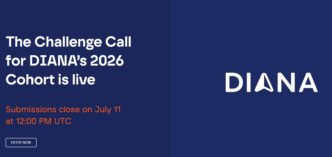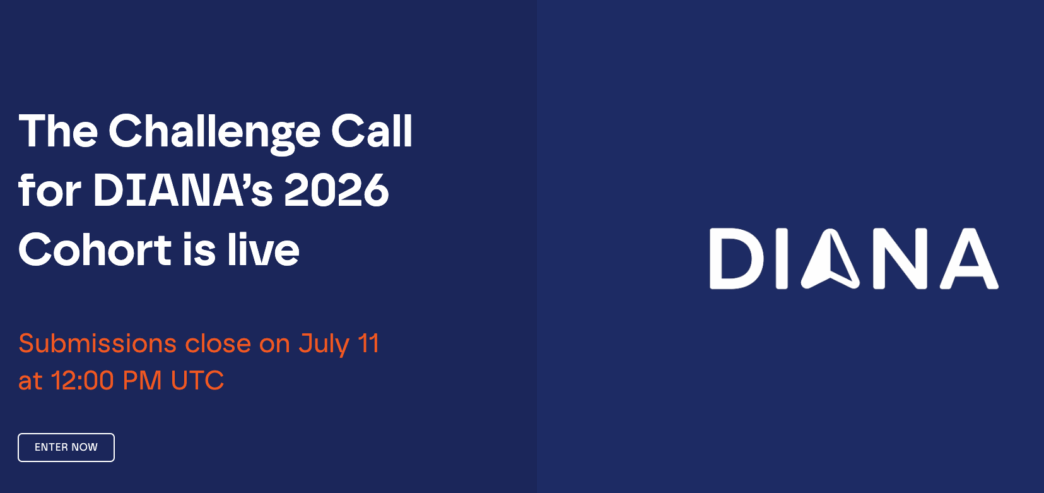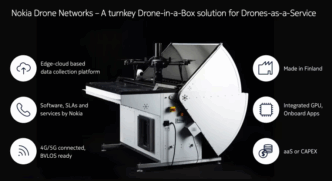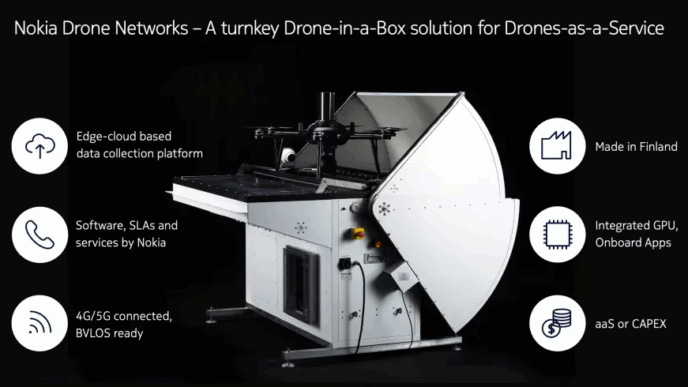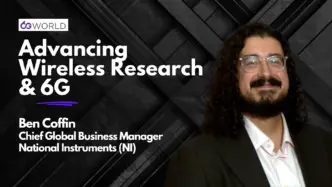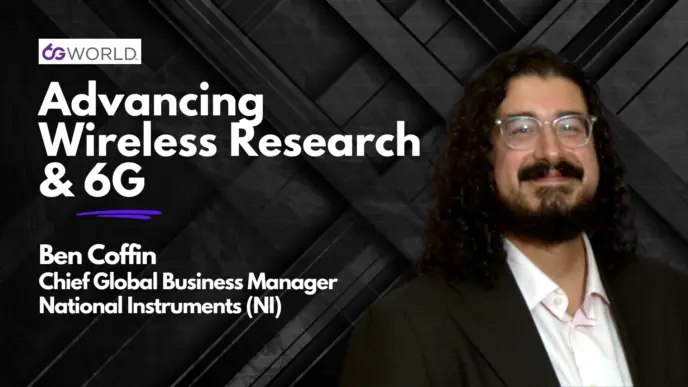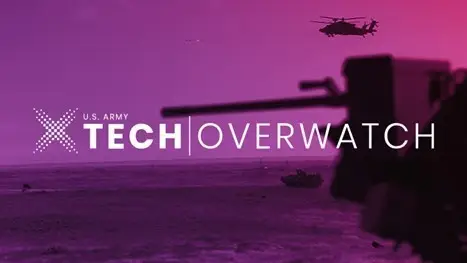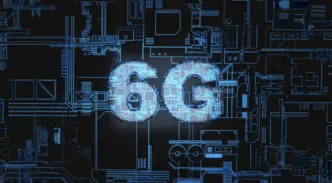NATO’s Defence Innovation Accelerator for the North Atlantic (DIANA) has unveiled its 2026 Challenge Programme, emphasizing dual-use deep-tech solutions. Among the ten challenges, two directly pertain to communications and spectrum: Advanced Communication Technologies and Contested Electromagnetic Environments.
The Advanced Communications challenge seeks next-generation communication technologies that offer ultra-high bandwidth, low latency, and resilience against jamming, interference, cyber-attacks, and physical sabotage. Concurrently, the Contested EM challenge focuses on innovative sensing, navigation, and data-link solutions for congested electromagnetic environments, highlighting quantum-enabled sensors, AI-driven dynamic spectrum allocation, and novel protocols as key enablers.


These challenges align closely with the priorities of 6G research, which emphasizes AI-enhanced network orchestration, Open RAN/cloud-native architectures, and hybrid networking—including non-terrestrial links—to ensure uninterrupted service in challenging conditions.
Relevant 6G & Dual‑Use Focus Areas
- Quantum Technologies: DIANA encourages quantum sensing and communications, such as QKD links and quantum LIDAR, to counteract jamming and interception. Similarly, 6G research anticipates integrating quantum sensors and quantum-safe cryptography to secure high-speed links.
- Spectrum Agility: Both DIANA and 6G roadmaps prioritize dynamic spectrum management. DIANA’s focus includes AI-driven spectrum allocation and detection of weak signals, even through quantum-enabled sensors. In the 6G context, cognitive radios and intelligent frequency hopping are essential for mitigating interference.
- Secure Connectivity: DIANA seeks advanced encryption and zero-trust designs, including post-quantum cryptography and homomorphic encryption, to secure data flows. 6G aims to embed PQC, physical-layer security, and resilience against cyber threats.
- Advanced Communications & Networking: DIANA explicitly references 5G/6G technologies and free-space optics. Its challenges promote Open RAN, software-defined radios, and mesh architectures, aligning with 6G’s push for disaggregated RAN, network slicing, and plug-and-play links for both military and civilian applications.
Innovators Bridging 6G and Defense
Several startups from DIANA’s initial cohorts are pioneering technologies that intersect 6G and defense needs:
- LevelQuantum (Italy): Developing quantum-secure streaming via optical quantum key distribution (QKD), implementing advanced QKD protocols on commercial photonic hardware to ensure secure information transfer.
- Quadsat (Denmark): Providing next-generation over-the-air RF measurement tools for satellite and 5G antennas, optimizing in-situ performance through drone-deployed RF ranges.
- Qubitrium (Turkey): Building nanosatellite-based quantum communications systems, developing ground-based and satellite QKD solutions to deliver encryption keys via quantum entanglement.
- Secqai (UK): Offering post-quantum-secure IoT hardware by developing a System-on-Chip that combines post-quantum cryptography with a quantum random-number generator for end-to-end encryption.
- Revobeam (Poland): Specializing in smart, energy-efficient antennas for unmanned platforms, creating electronically-steerable antennas that mitigate jamming attacks and extend range in UAVs and IoT systems.
- VanWyn (Canada): Innovating ultra-directional radios that provide narrow, high-frequency beams, offering covert communication channels suitable for secure military applications.
- AVoptics (UK): Pioneering free-space optical communications for small platforms, utilizing modulated retro-reflector systems to support bidirectional links over significant distances with low size, weight, and power requirements.
- Neuromorphica (Bulgaria): Creating secure RISC-V System-on-Chips with multi-band radio and neuromorphic AI processing, enabling flexible multi-band communication in environments with dense electronic warfare.
- IS-Wireless (Poland): A prominent European Open RAN vendor, IS-Wireless develops software-defined 4G and 5G mobile networks, supporting more users with better performance at lower cost by applying cutting-edge technologies. The company specializes in 5G RAN software and delivers its own O-CU, O-DU, RIC, and xApps, adhering to the Open RAN model.
Key Takeaways for Innovators and Observers
- Align with Dual-Use Imperatives: Design solutions that serve both civilian and defense markets. DIANA favors technologies that leverage commercial 6G innovations adaptable for military applications.
- Emphasize Resilience and Adaptability: Focus on network architectures that can withstand disruptions, such as mesh networks, mobile base stations, and autonomous spectrum management.
- Build on Open and Interoperable Standards: Utilize standard platforms and contribute to relevant testbeds to facilitate adoption by NATO forces and align with 6G’s emphasis on openness.
- Leverage AI and Automation: Incorporate AI-native solutions for network optimization, predictive maintenance, and autonomous operations, aligning with both DIANA’s and 6G’s focus areas.
- Demonstrate Impact and Maturity: Showcase pilot projects and commercial deployments to strengthen proposals, as DIANA values companies with solid technological foundations and market traction.
- Collaborate Across Sectors: Engage with universities, national test facilities, and defense primes to amplify credibility and contribute to a transatlantic, multi-sector innovation ecosystem.
In summary, NATO’s 2026 DIANA Challenge Programme is actively seeking technologies central to 6G development, emphasizing quantum-secure links, AI-augmented networks, and resilient connectivity. Innovators and observers should note the convergence of NATO’s defense priorities with commercial 6G trends, as this interplay is poised to shape the future of global communications infrastructure.
For more information on the DIANA Challenge Programme, visit the official NATO DIANA Challenges page
